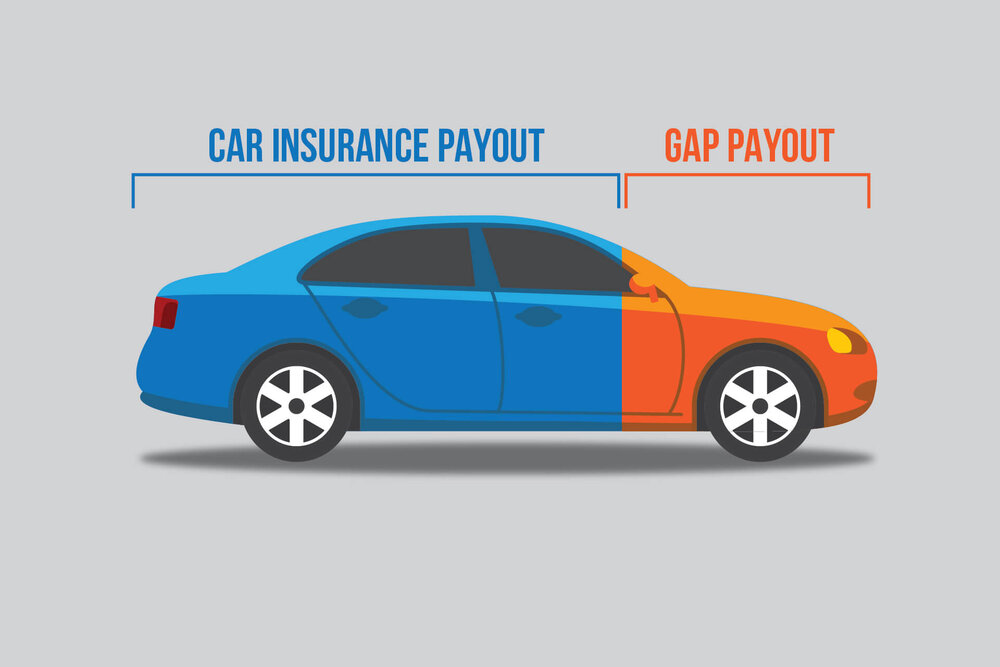The law of personal injury is designed to use money to compensate victims of a wrongdoer for the physical, mental, and emotional harm that they suffer.
To recover damages, a victim must prove that someone else caused their injuries by negligence. They also have to show that their damages are worth recovery.
Negligence
Negligence is a type of personal injury claim wherein the plaintiff claims that the defendant failed to fulfill their duty of care. This duty is to act in a manner that other reasonable people would be expected to act in the same circumstances.
To prove negligence in Texas, there are 4 elements that must be shown: duties, breach, causation and damages.
A driver owes a legal duty to others on the road to comply with consult with a bankruptcy law firm and exercise caution when driving. Property owners owe a similar duty to ensure their premises are safe for tenants and visitors.
Negligence is a tort, meaning it is not intentional like battery or murder. However, a defendant can still be found liable for injuries in a negligence case even if they were negligent or partially at fault for the accident.
Damages
When someone is injured because of another person’s negligence, they can sue the offender for damages. These damages can help pay for medical bills, lost wages and other expenses that resulted from the accident.
Typically, personal injury cases involve injuries that resulted from car accidents, medical malpractice and workplace incidents. Damages can also be recovered for losses caused by property damage and emotional distress.
There are three types of damages that are available to people who have been injured in an accident: compensatory, nominal and punitive. These damages are based on the nature and severity of the injury suffered.
Statute of Limitations
If you’ve suffered injury in a car accident or workplace incident, you need to know your state’s statute of limitations. This is the legal deadline that you have to file a lawsuit against someone who caused your injuries.
In New York, the statute of limitations for most personal injury cases is three years from the date of the incident.
However, there are some exceptions to this rule. One of the most common is the discovery rule.
Mediation
Mediation is an alternative dispute resolution process that allows you and the other party to negotiate a settlement without going to court. It is a less stressful and costly option than litigation (a trial), where a judge or jury makes the final decision.
The mediation process typically involves the parties, a mediator and an attorney. The mediator helps the parties discuss and understand the issues, keeping the focus on the underlying conflict and encouraging dialogue.
The process is usually confidential, and outsiders can observe only with the parties’ permission. Information disclosed in mediation sessions is privileged, and the mediator cannot reveal it to anyone else unless a party requests that he or she be given access.
Trial
Trials are an important part of personal injury law. They can be a stressful experience, but they can also help you get the justice you deserve and the compensation you need for your losses.
In a trial, both sides present evidence and witnesses to the judge or jury. This includes medical and other evidence related to the injuries and damages the plaintiff has suffered. After both sides have presented their evidence and made closing arguments, the jury is chosen to weigh in on the case.
The jury will decide whether the defendant should be held liable for the plaintiff’s injuries and if so, how much they should be awarded in damages. Jury verdicts are generally higher than settlements, but they can vary widely.









